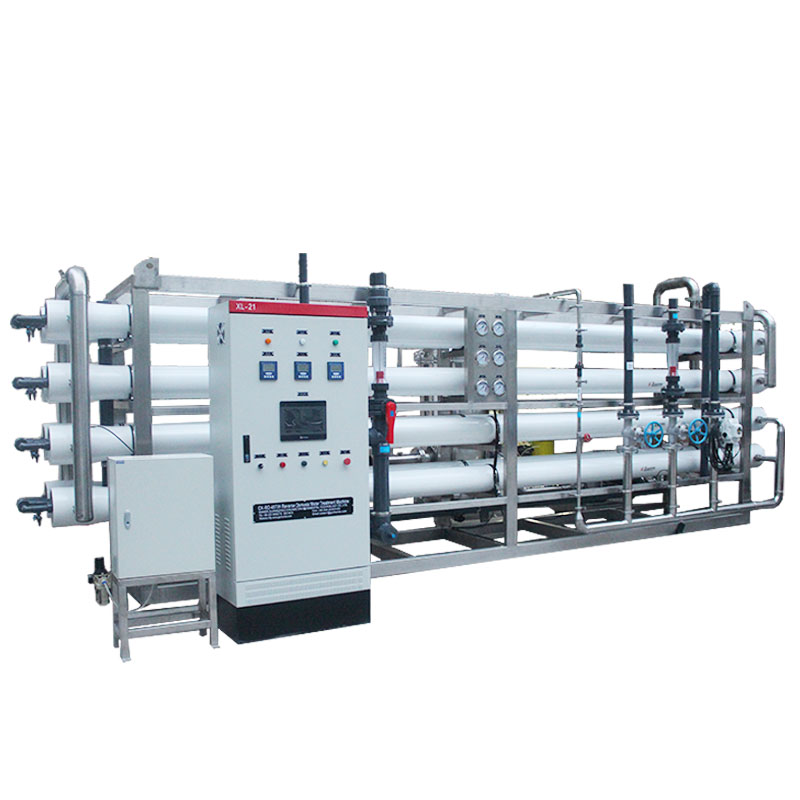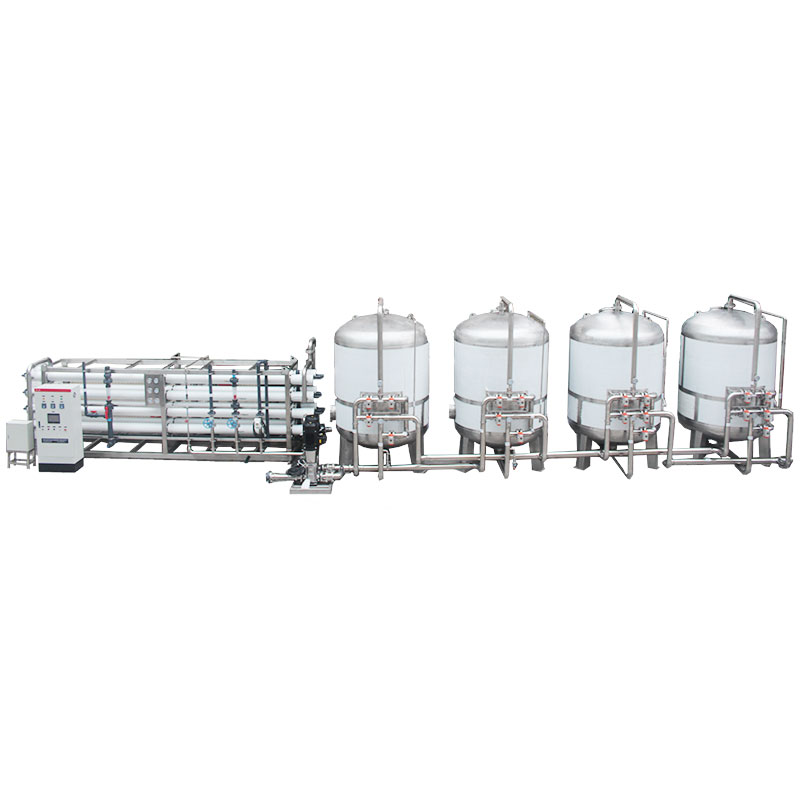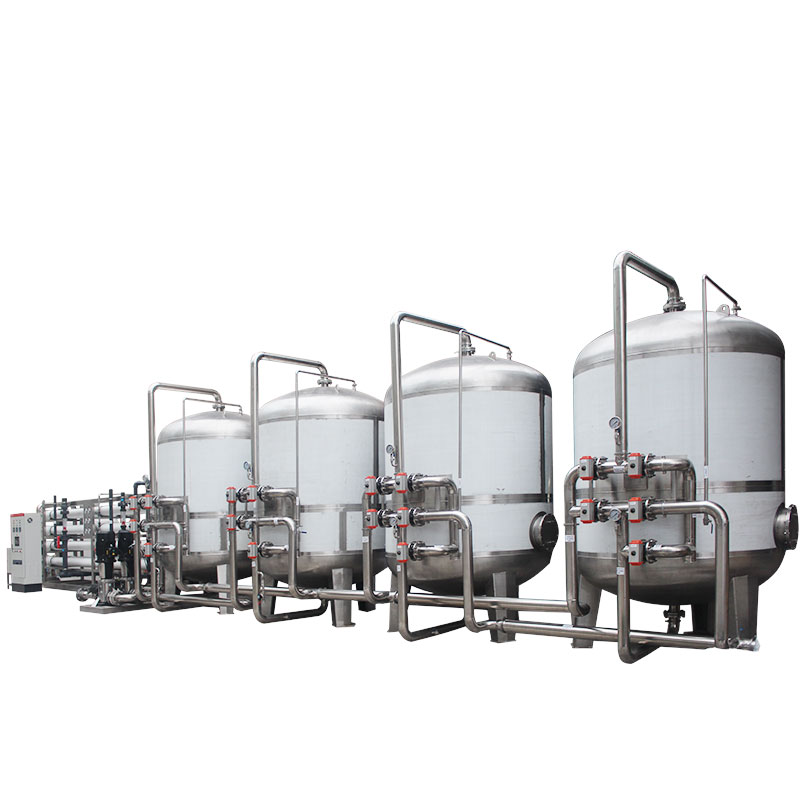Can reverse osmosis water purifiers remove microplastics?
As the problem of microplastic pollution becomes more and more serious, people have begun to pay attention to the efficiency of household water purifiers in removing microplastics. Among them, reverse osmosis water purifiers have attracted much attention due to their advanced filtration technology. So, can reverse osmosis water purifiers effectively remove microplastics?
This article will explore this issue and further explore the advantages and limitations of reverse osmosis water purifiers, as well as the performance of other types of water purifiers in removing microplastics.
Can reverse osmosis water purifiers remove microplastics?
Reverse osmosis water purifiers can effectively remove microplastics. This is due to its advanced filtration process and the extremely small pore size of the semi-permeable membrane. The reverse osmosis system achieves efficient removal of microplastics mainly through three aspects: filtration accuracy, efficient filtration process, and removal of various pollutants.
1. Filtering accuracy:
The semi-permeable membrane used in reverse osmosis water purifiers has a pore size of about 0.0001 microns. This extremely small pore size can effectively filter out microplastics. These microplastics are usually less than 5 mm in diameter, and the pore size of the reverse osmosis membrane is much smaller than this range, ensuring the removal of microplastics.
2. Efficient filtration process:
Reverse osmosis water purifiers separate microplastics and other contaminants by passing water through a semipermeable membrane. This process can remove most microplastics and other harmful substances from the water.
3. Remove various pollutants:
In addition to microplastics, reverse osmosis water purifiers can also remove other pollutants in the water, such as heavy metals, pesticides, and bacteria, providing users with safer and cleaner drinking water.
In summary, reverse osmosis water purifiers are excellent at removing microplastics and are a trustworthy water purification technology.

What are the advantages and limitations of reverse osmosis water purifiers?
Reverse osmosis water purifiers have obvious advantages in water purification technology, but they also have some limitations. When choosing and using this water purifier, users need to weigh the following aspects:
1. Advantages:
Removing a variety of pollutants: Reverse osmosis water purifiers can not only remove microplastics, but also effectively remove heavy metals, pesticides, viruses, bacteria and other pollutants to ensure water quality safety.
Improve water quality: Reverse osmosis water purifiers can remove odors and impurities in water, improve the taste and clarity of water, and allow users to enjoy a better drinking water experience.
Environmental protection and energy saving: With the continuous improvement of technology, modern reverse osmosis water purifiers are more environmentally friendly and efficient in terms of energy consumption and water resource utilization.
2. Limitations:
Waste of water quality: Reverse osmosis water purifiers will produce a certain amount of wastewater during the filtration process, which may lead to waste of water resources.
Maintenance costs: Reverse osmosis water purifiers require regular filter replacement and maintenance, which may increase usage costs.
Slow water output: Reverse osmosis water purifiers usually have a slow water output, which may cause inconvenience to households with larger water needs.
In general, reverse osmosis water purifiers have powerful functions in water purification, but users need to weigh their pros and cons based on their own needs and actual conditions.

How well do other types of water purifiers remove microplastics?
In addition to reverse osmosis water purifiers, there are several other types of water purifiers that can be used to remove microplastics, but they vary in effectiveness and use.
1. Activated Carbon Water Purifier: Activated carbon water purifiers are excellent at removing organic contaminants and odors, but may not be as efficient as reverse osmosis water purifiers at removing microplastics.
2. Ultrafiltration water purifier: Ultrafiltration water purifier uses ultra-fine membrane filtration technology, which can effectively remove larger microplastic particles, but may not be able to remove smaller particles.
3. Nanofiltration water purifier: Nanofiltration water purifier is between ultrafiltration and reverse osmosis. It can remove some microplastics, but it may not be as efficient as reverse osmosis water purifier.
4. UV disinfection water purifier: UV disinfection water purifier is mainly used for sterilization and disinfection, and has limited effect on removing microplastics.

Reverse osmosis water purifiers excel at removing microplastics and are an efficient and reliable water purification technology. However, other types of water purifiers also have certain advantages and limitations in removing microplastics. When choosing a water purifier, users need to weigh it based on their own needs and actual conditions to ensure that they choose the water purification solution that best suits them. No matter which water purifier you choose, ensuring the safety of water quality is crucial.




